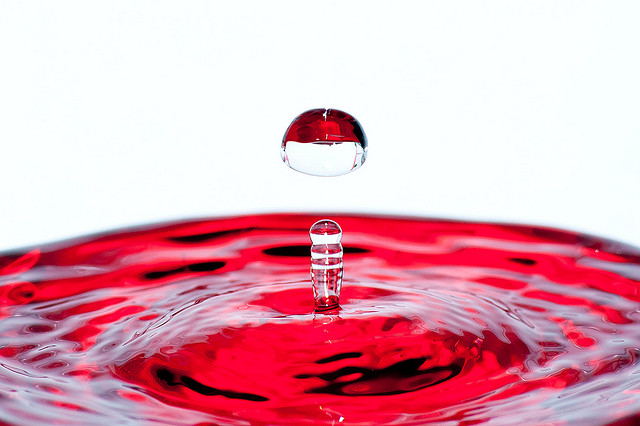The hoses that connect your washing machine to your water supply are one of the most overlooked and unassumingly associated appliance parts that can cause devastation to your beautiful home. The malfunction of your hoses has the ability to produce mind-boggling water damage that is often a costly and time-consuming process. Since many homeowners leave their water supply on, a damaged washing machine hose will continuously pour out water, leading to flooding in your basement. This case is even worse if your clothes washer is on a higher floor, as water will gravitate downward, seeping into your flooring, ceiling and walls. How does this happen? Known as water hammer, when water valves from your clothes washer close quickly, water will continue to flow due to inertia. This inertia causes a shockwave to your hoses, and leaves them under stress and tension each time the valves open and close. Also, through wear and tear, rubber hoses can crack and burst from age as they lose their flexibility over time from being worn out. What should you do? Replacing your washer hoses every 5 years is definitely an economical method to protect your home from water damage. If you notice any cracks, worn out places or kinks, you should replace your hoses immediately. Another option you can do, but many people don’t is: take the preventative measure recommended by manufacturers and turn off your water supply to your washing machine when it isn’t in use. What types of washer hoses are there? The 2 most common hoses out there are rubber and stainless steel. Though they are affordable and a dime a dozen, rubber hoses are prone to bursting —especially with the water hammer effect. If you’re willing to spend a little bit of extra cash, stainless steel braided hoses are indeed more durable. Though, they are not going to last you forever. They are more prone to corrosion and can be detrimental in the case of kinking. Changing your hoses It’s easy to change your hoses. Remember to unplug your washer from its electrical source and shut off your main water supply. Below is a valve replacement video that shows you how to replace your water hoses beginning at 1:52 - 2:32. Upon removal, make sure you have bucket to drain any remaining water. To reinstall your new water hoses, refer to the video below between 8:01 - 9:10. When you are finished, remember to turn back on your water supply and check for any leaks. Though, when you plug in and push back your washing machine, be careful not to kink your new hoses. Photo Source: Jason Bolonski via Flickr






